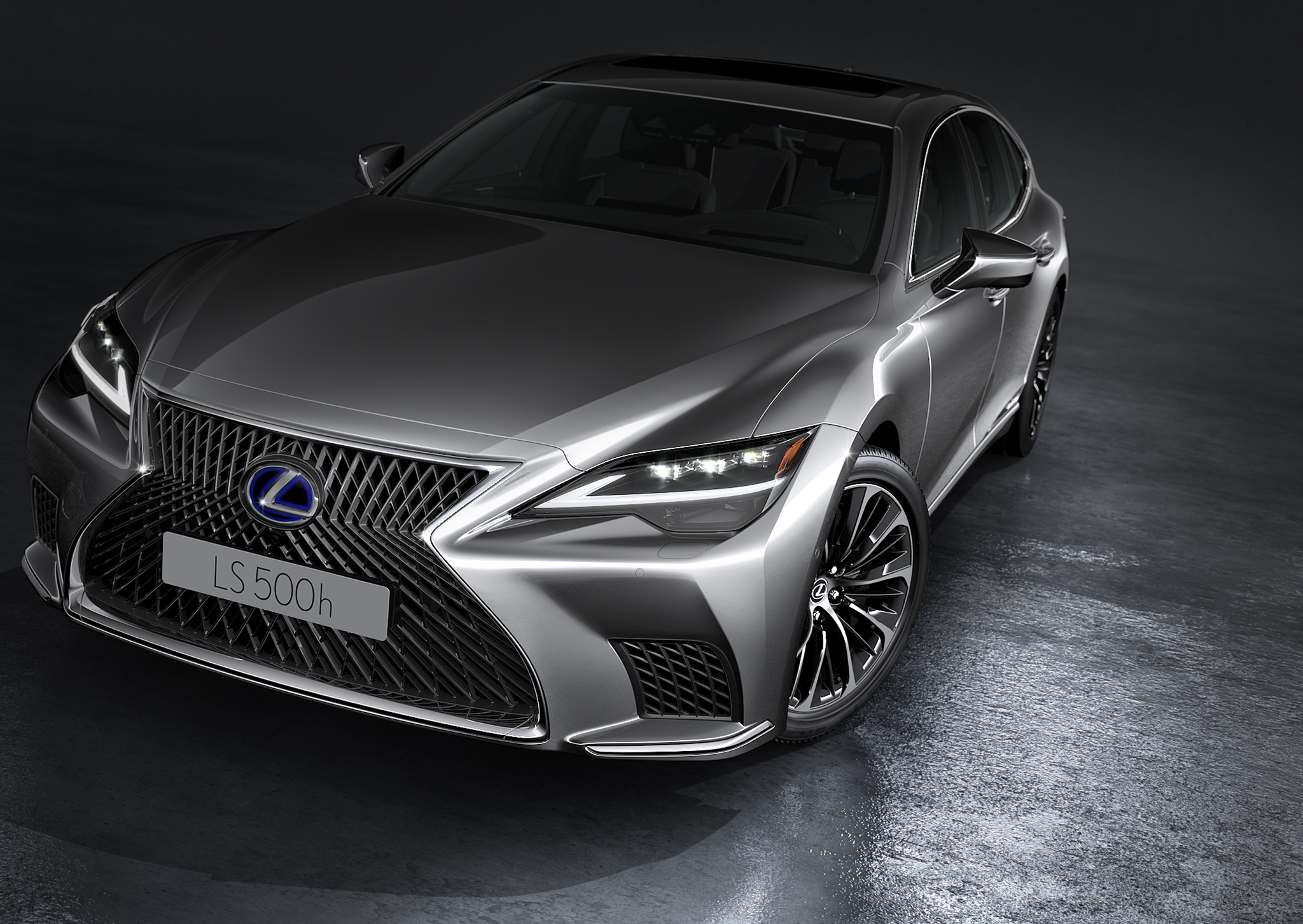Keeping the EV mode engaged can help you save fuel because it allows the vehicle to rely solely on the electric motor. Most hybrids have an EV mode that allows them to run on electric power for short distances at low speed. When the EV mode is on, the engine is off which means no fuel is being used.
You can keep your EV mode by being gentle with the accelerator – press it lightly but consistently. Also try to stick to up to 70mph on the motorway to prevent unnecessary use of fuel.
Some self charging hybrid cars will have a speed that when the car reaches it, will switch the drive mode automatically back to the petrol engine. You need to be aware of this and try to maintain below this speed (it usually would be more aligned to city / town driving due to the speed limits encouraging lower speeds).
If you can show the battery, engine, and wheels with the flow of input and output from the battery, engine, and wheels, it will help you learn your car. This can usually be seen in either the infotainment screen or in the dashboard. It shows visually that if you take your foot off the accelerator and allow the car to coast the flow of regenerative electricity going from the wheels to the battery. You will also see the increased regenerative flow when breaking. This will also show the direct flow when topping up the battery from the engine and when the engine is driving the wheels by itself.
